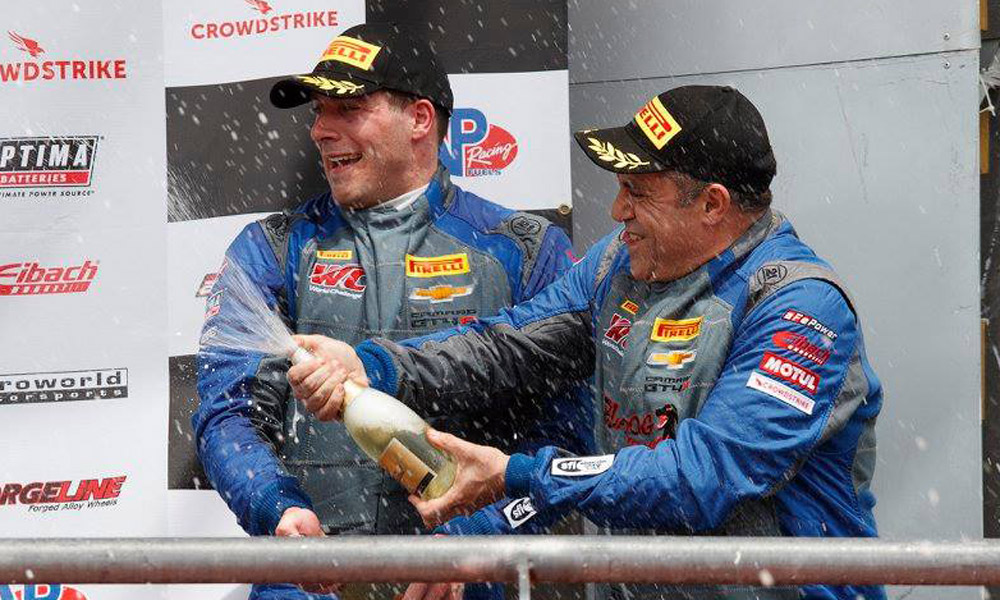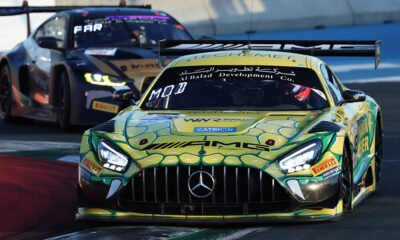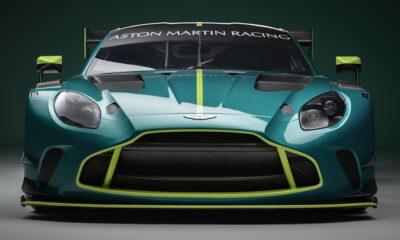
Photo: Blackdog Speed Shop
Michael Cooper has won at every level in Pirelli World Challenge competition and this year returns to his roots driving a Blackdog Speed Shop Chevrolet Camaro GT4.R in the SprintX GTS rounds.
This week in the Pirelli Paddock Pass, Cooper looks back on his reunion with the team, how the GTS category has changed over the years, and compares his 2018 ride with previous Camaros he has raced and won in.
How much did you enjoy being back with Blackdog Speed Shop at COTA?
“Showing up to COTA it felt like we hadn’t missed a beat since 2015, so to say I was excited to be back racing with Blackdog would be an understatement.
“Tony and Ray run a top-flight organization, as a driver that gives you a little more confidence when you know everything is going to be correct.
“It was a little different climbing into the 11 car at first, but I figured it out.”
Can you compare the Chevrolet Camaro GT4.R to the Camaro Z28 you drove for the team previously?
“The GT4 car is based off the street going Camaro ZL1 1LE which has much more grip than the previous car from the increased aerodynamic aids.
“We used to have an H-pattern gearbox, no traction control and the ABS mapping from the street car whereas now we have paddle shifters, fully adjustable TC & ABS mapping.
“Overall the GT4.R is a much better package and feels a lot more refined from the driver seat.”
How does the level of competition in GTS compare to your previous experience racing in the category?
“When I compare a GTSX grid to what we had in 2015, I see the pointy end of the grid being of similar talent levels. However with almost 40 cars the depth of the field has increased dramatically.
“A qualifying result that would have put you in the back half of the top 10 a couple of years ago might now put you twice as far back, that’s a lot of cars to pass.”
In what ways has the addition of SprintX to GTS affected the way you and the team prepare for races?
“When we had solely sprint races, the focus was very limited: make the race car as fast as you could sustain.
“While that’s still the goal now, we can’t use up all the testing and practice time focusing on that because of the other factors that culminate in producing a result.
“Strategy, driver changes, in-laps, out-laps, compromises on setup, etc., are all huge factors in a multi-driver format like we have now.
“I think we did a pretty good job in all those regards at COTA, which netted us a podium. In the same breath we have seen some areas we can improve and are looking to implement those for VIR.”
Do you expect VIR to be a good track for the Camaro?
“I do expect VIR to be particularly good for our Camaro, which does a lot of things extremely well but isn’t necessarily a specialist at any one.
“If you look at VIR there is a wide variety of transition, straights, elevation change, slow corners and fast corners.
“When you put all of that together it won’t reward a car that is a specialist but one that is well-rounded.”


























